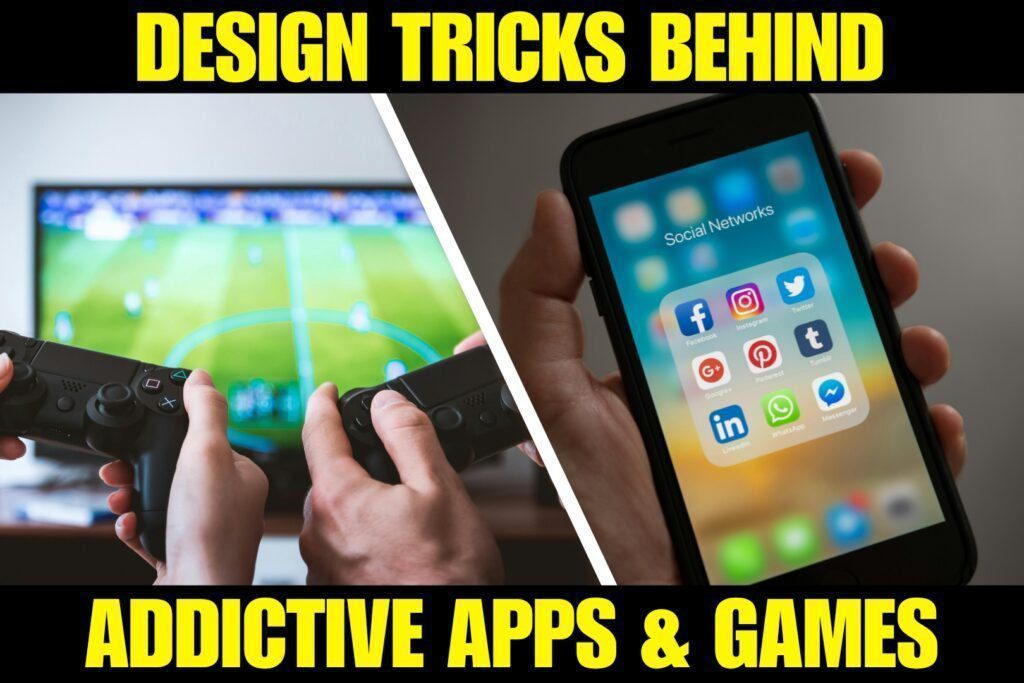In 2025, building and launching an app is no longer the hard part.
Getting real ROI (Return on Investment)—in a saturated app ecosystem with billions of downloads and razor-thin attention—is where the real game begins.
With the app economy now worth over $500 billion globally, the two juggernauts—Apple’s App Store and Google Play—remain the primary battlegrounds for developers.
But if you’re launching an app in 2025, one burning question remains:
Which store gives developers better ROI?
In this guide, we break it down with real data, firsthand insights, platform-specific changes in 2025, and category-based ROI analysis.
What Does “Better ROI” Mean in 2025?
In the mobile economy of 2025, ROI isn’t just about revenue. It’s about:
- 💰 Revenue per download
- 📈 User lifetime value (LTV)
- 🧲 Acquisition cost and discoverability
- 🔁 Retention and churn rate
- 📊 Analytics & platform support
- 🔒 Compliance overhead and ecosystem control
So, we’ll examine each of these metrics across both platforms.
1. Monetization: Who Pays More Per User?
🔹 App Store (iOS)
- iOS users still spend significantly more per app
- Avg. in-app purchase value is 2.3x higher than Android
- Higher conversion for subscription-based models
- Popular with SaaS, productivity, fitness, and health apps
📌 2025 Data Snapshot:
- Avg. revenue per user (RPU): $2.13 (iOS)
- Subscription conversion: 4.5% avg
- Better for: Premium apps, B2B, solopreneurs, high-ASP niches
🔸 Google Play (Android)
- Larger install base, but lower spenders per user
- Ads remain the dominant monetization method
- Great for games, utility apps, education, and freemium models
📌 2025 Data Snapshot:
- Avg. revenue per user: $0.88 (Android)
- Higher install-to-churn rate
- Better for: Freemium games, ad-based apps, emerging markets
✅ Winner for monetization: App Store (iOS) – higher LTV, better sub adoption
2. User Base Size & Global Reach
🔹 App Store
- Dominant in North America, Western Europe, Australia, and parts of Asia
- iPhone 16 & iOS 18 adoption rate: 92% (massive premium segment)
- Smaller total install base, but higher-paying audience
🔸 Google Play
- 72%+ global smartphone market share (especially in Asia, Africa, LATAM)
- Works on over 10,000 device models
- Massive reach in Tier 2/3 markets
✅ Winner for reach and scale: Google Play – vast global footprint
3. Revenue Share & Developer Incentives (2025 Changes)
🔹 Apple App Store
- 15% fee for small developers (<$1M/year)
- 30% standard cut on IAPs
- 2025 update: Alternate payment support in EU & India (Apple still takes ~27%)
- App Store Small Business Program still active
🔸 Google Play
- 15% on first $1M; drops to 10% for subscriptions after 12 months
- Third-party billing now supported in 65+ countries
- Google Play Points program boosts in-app engagement
✅ Winner for lower platform fees: Google Play
4. Discoverability & User Acquisition
🔹 App Store
- High barrier to rank on top charts
- Curated editorial features drive huge traffic
- 2025: AI-powered App Store Stories and custom product pages per user segment
🔸 Google Play
- Algorithm-based discovery, more SEO-friendly
- Personalized app suggestions via Play Protect AI
- Easier to launch MVPs and get indexed
- 2025: Playable ads, deep linking from Google Search & Gmail
✅ Winner for UA & ASO efficiency: Google Play – easier and more dynamic discovery
5. Retention, Churn & Uninstall Rates
🔹 App Store
- Users are more likely to retain and spend over time
- Lower uninstall rate within 7 days (~22%)
- Subscription renewals higher, especially for productivity & finance apps
🔸 Google Play
- Higher churn: users often uninstall within first 3–5 days (~33%)
- Easier install = more low-intent users
- But better for retargeting via Google Ads ecosystem
✅ Winner for retention & stability: App Store (iOS)
6. Top Categories & ROI Trends by Platform
| Category | App Store ROI | Google Play ROI | Notes |
|---|---|---|---|
| Games | ★★★★☆ | ★★★★☆ | Freemium games thrive on both |
| Finance | ★★★★★ | ★★★☆☆ | iOS users convert better for fintech & investing |
| Productivity | ★★★★★ | ★★★☆☆ | Subscriptions perform best on iOS |
| Education | ★★★★☆ | ★★★★☆ | Google Play dominates in low-cost markets |
| Health/Fitness | ★★★★☆ | ★★★☆☆ | iOS users more likely to pay for fitness coaching |
| Utilities | ★★★☆☆ | ★★★★★ | Android wins with larger user base + sideloading flexibility |
| Shopping | ★★★★☆ | ★★★★☆ | Similar ROIs, depends on brand’s ad strategy |
Developer Tools & Ecosystem Support (2025)
App Store (Apple)
- SwiftUI 3.0 + Xcode Cloud = faster dev workflows
- Strong privacy protections = user trust
- TestFlight still dominant for beta testing
Google Play
- Firebase + Jetpack Compose + Play Console AI Insights
- Better debugging, testing, release flows
- Better app bundling (AAB) and adaptive delivery
✅ Winner for dev experience & flexibility: Google Play
Ads & Growth Engine
- Google Play: Seamless integration with Google Ads, Gmail, Chrome, Search, YouTube
- App Store: Apple Search Ads expanding, but limited network reach
✅ Winner for paid UA scale: Google Play
Final Verdict: Which One Gives Better ROI in 2025?
| Factor | Best Platform |
|---|---|
| Monetization | App Store |
| Global Reach | Google Play |
| Platform Fees | Google Play |
| Retention | App Store |
| Discoverability | Google Play |
| App Categories (Paid) | App Store |
| App Categories (Free) | Google Play |
| Dev Ecosystem | Google Play |
🟢 Choose App Store if:
- You’re building premium apps, SaaS tools, finance, or subscription-first experiences
- You want fewer users, but higher-spending ones
- You want long-term retention and higher LTV per user
🟠 Choose Google Play if:
- You’re building freemium apps, ad-supported games, or utilities
- You want scale, faster UA, and flexibility
- You’re targeting emerging markets or growth hacking MVPs
💡 Pro Tip: The real power in 2025 is launching on both, but designing platform-specific monetization & growth strategies.
Your ROI isn’t about the store—it’s about how well you use its strengths.

